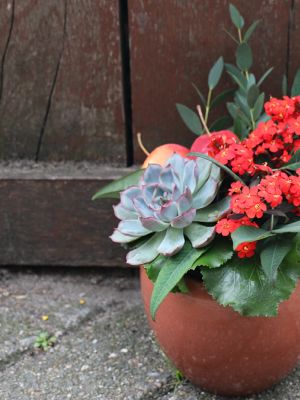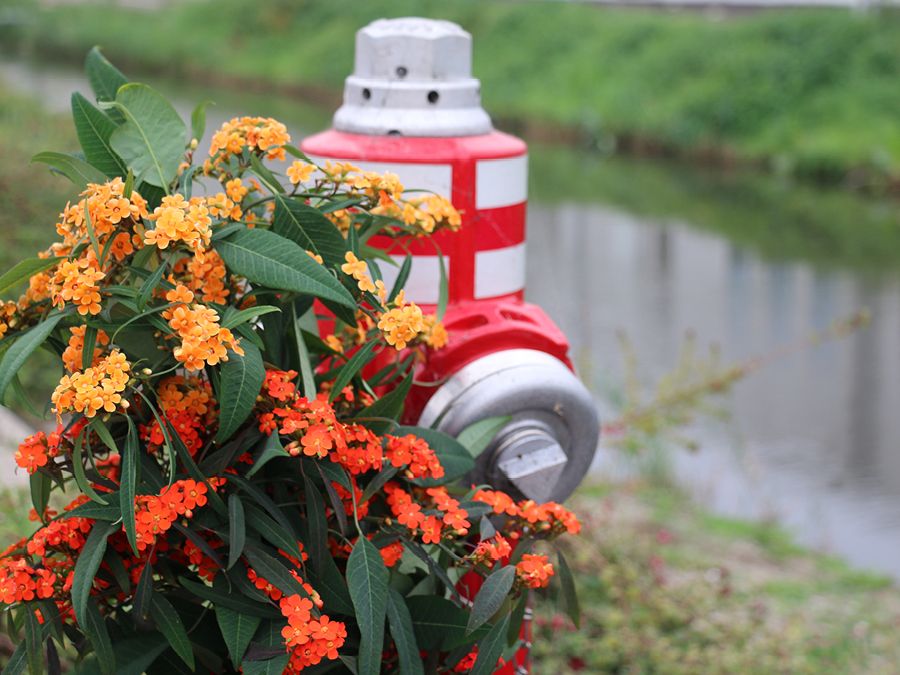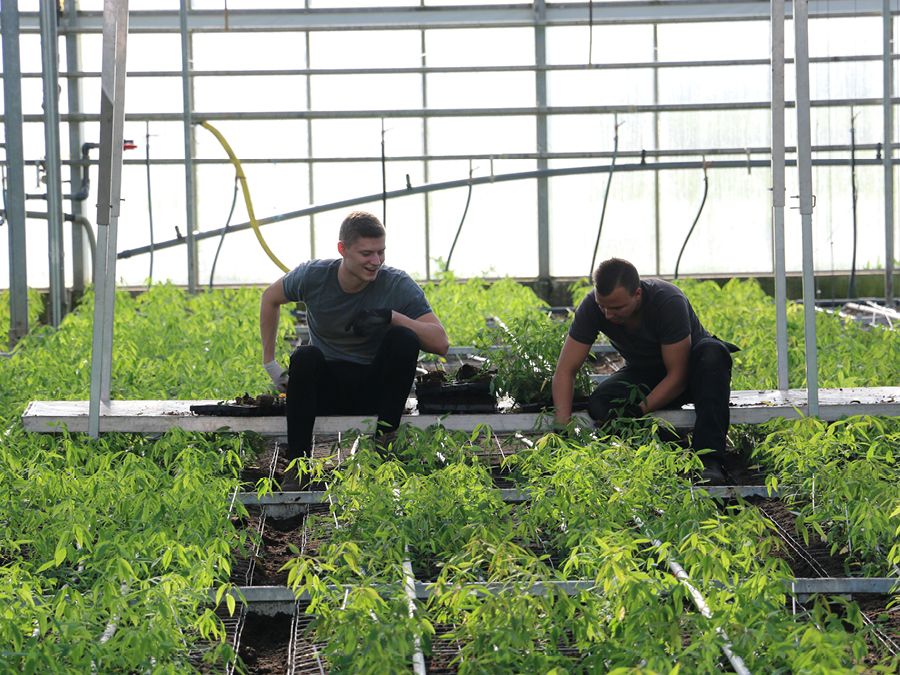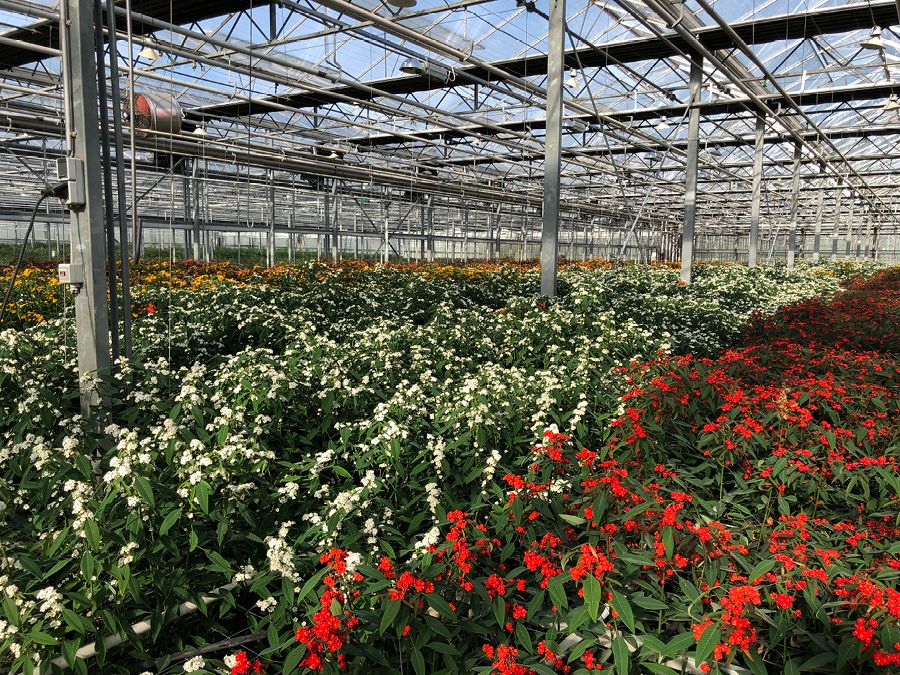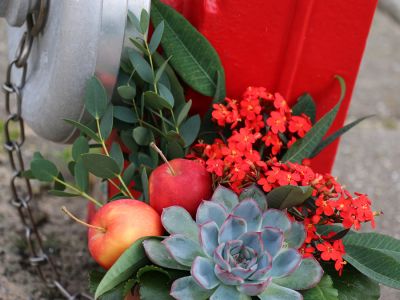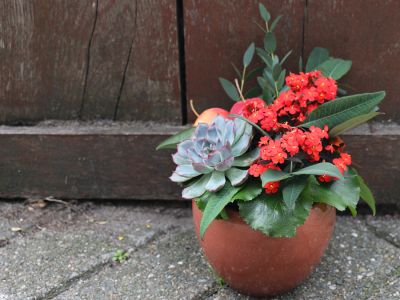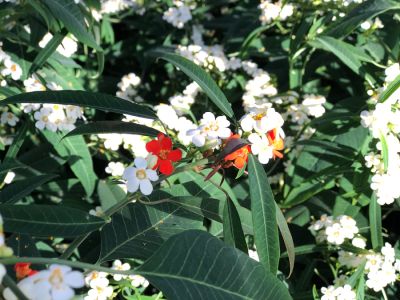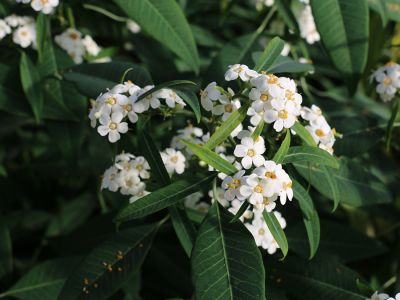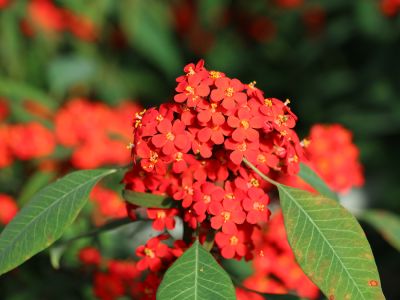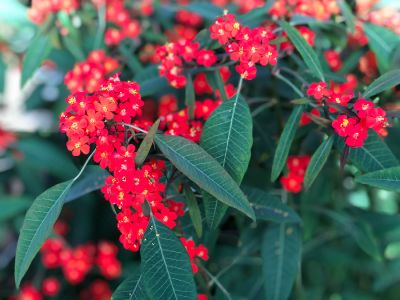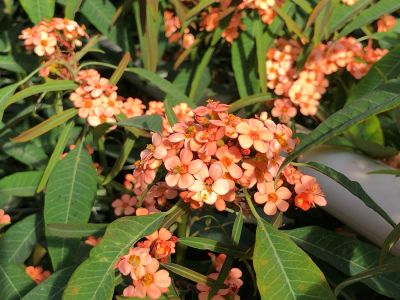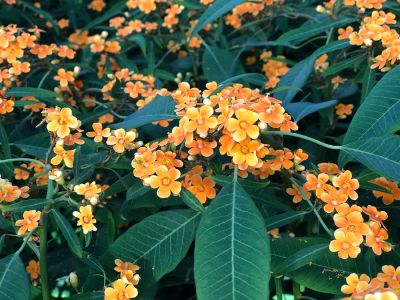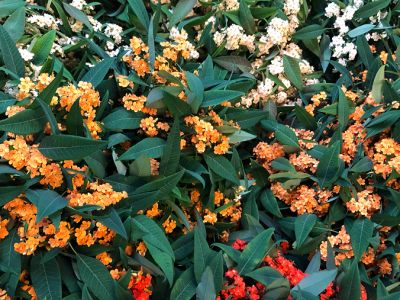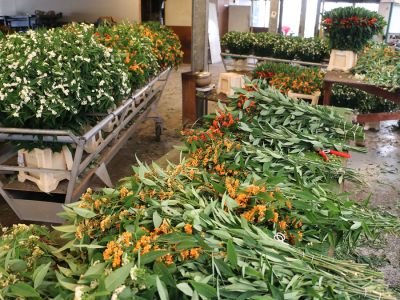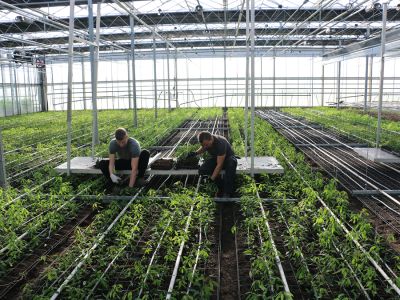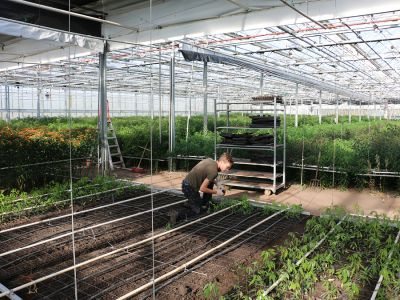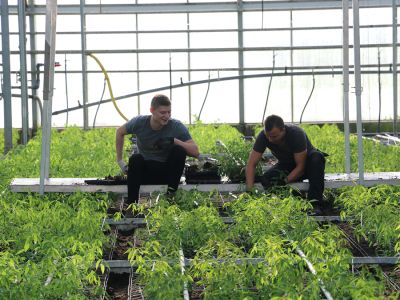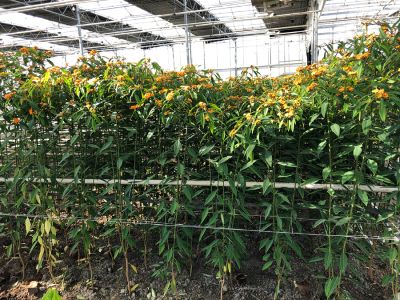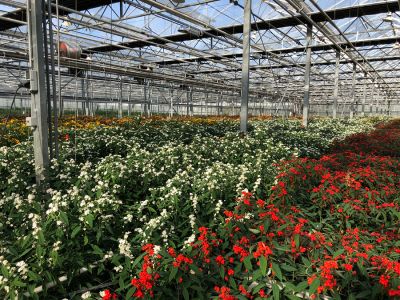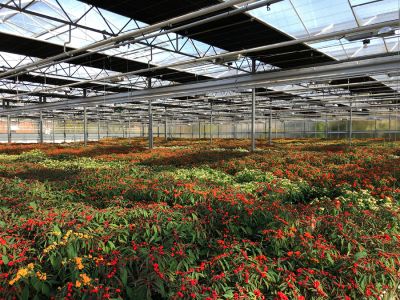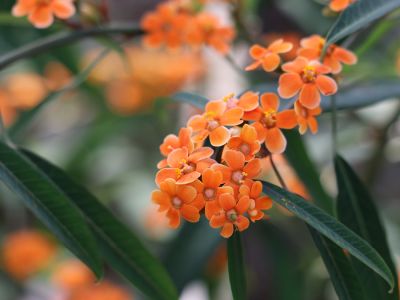Euphorbia Fulgens
In the spotlights
In the Netherlands, autumn is perhaps the best time of the year when it comes to cut flowers. A typical autumn product that should not be missing is the Euphorbia Fulgens. A product that combines well with the countless autumn products, yet is very striking on its own because of its characteristic and exclusive shapes.
Sustainable control
We visited the Googh nursery, where we were warmly welcomed by the brothers Aad and Gerard Bakker. They were very enthusiastic while telling about the nursery, which their father Koos Bakker started with his wife in 1952. They started with the cultivation of chrysanthemums, freesias and tulips. In 1966, in addition to these products, they also started growing the Euphorbia Fulgens. Unfortunately, the crop is very susceptible to fungi and after two years they decided to stop production of the Euphorbia. When the fungi were under control, Koos Bakker restarted the cultivation of this special product. Nowadays, the ground is steamed against fungi, a sustainable way to tackle the fungi problem. Before the cuttings are planted, the soil is steamed for four hours under plastic, at a temperature of about 80 degrees Celsius.
Many colours
While talking we walked through the greenhouses, where we were actually a little impressed by the crop. A huge wave of colour greeted us. What a beautiful overwhelming crop.
Aad and Gerard grow six different types of Euphorbia Fulgens on about 2 ha of land. Orange, red, yellow and salmon in autumn. Red and white in winter. Most species are available from September to December. But because the brothers use assimilation lighting in the winter time, they can continue to grow until February while keeping the quality up to standard.
Geneeskrachtig sap
The Euphorbia is a large plant genus from the spurge family. This genus has about 2,300 varieties to be found worldwide. The Euphorbia Fulgens comes from Mexico. The famous Christmas Star (Poinsettia) is also a Euphorbia variety. The name Euphorbia is derived from Euphorbos, the doctor of King Juba II of Mauritania, who, shortly before the beginning of our era was said to have discovered the toxic but also medicinal effect of the white milk juice. Nowadays, the so-called Euphorbia spurge is used in fallow and purifying agents. The spurge milk can cause considerable skin and eye irritation. It can also be dangerous for animals.
When asked how poisonous this is, Aad laughed: "My father is 93, so how poisonous can it be?".
Exclusive inflorescence
The inflorescence is what makes this product a very exclusive product. Euphorbias thrive in a special way: the plant has so-called 'false flowers'. These are called cyathia and are surrounded by bracts. A cyathium consists of a cup-shaped bottom, formed by two sepals. Inside there is one female flower, surrounded by several male flowers with one stamen. Around it there are about four to five honey glands.
The compact bunches are a wonderful addition to a mixed bouquet. The single branches are perfect for field bouquets, which are now very popular among florists. In addition, the beautiful branches can also easily be used in arrangements with a bohemian touch or in bridal bouquets with an exotic atmosphere.
Of course we have made a number of arrangements with the Euphorbia, of which some on oasis. We found the Euphorbia easy to use in oasis and we found that it remains beautiful for a long time.
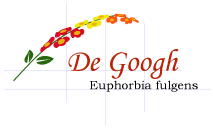
The cultivation
In 1980 Koos Bakker founded J.N. Bakker and Sons together with his sons Gerard and Aad. After he stepped back, Aad and Gerard continued together, and the company was given the name 'De Googh', derived from a little brook that used to have the same name.
Product with a strict manual
Euphorbia Fulgens is a product with a strict manual. The flower already blooms in the greenhouse and is very sensitive. Creating the right climate is therefore very important. The temperature in the greenhouse is about 17 degrees Celsius. In addition, it is also important that the plants receive the right amount of water. The exact amount is decided every single time as a result of years of experience. If this is not done optimally, the roots die and that is immediately visible in the crop. Euphorbias are propagated from cuttings, which is why high humidity in the greenhouse is also very important.
Good pre-treatment
Euphorbia's 'bleed' as soon as they are cut. The flowers are immediately pretreated with an ethylene blocker and the wounds are burnt shut, by putting them on hot water. This is necessary to prevent the stems from 'bleeding empty'. If the Euphorbia is treated well, the flower can have a vase life of about eight to ten days. If kept cool, the flower can stay beautiful for up to fifteen days. The warmer it is, the sooner it goes.
Please note, the ideal storage temperature for the Euphorbia is between 8 and 10 degrees Celsius. It is better not to store the Euphorbias in cold storage, although one type is more sensitive to cold than the other.
Different variants
The flowers are available in two ways. Unbranched (arch or feather shape) and branched (cluster shape). The brothers grow both; now 100% branched, 50% feather and 50% branched around Christmas. They deliver these in three different categories of flower screen length; a flower screen of approximately 30, 20 and 10 centimeters respectively. The branches are delivered in water in bunches of 10 pieces.
FloraPodium, 07 November 2018






